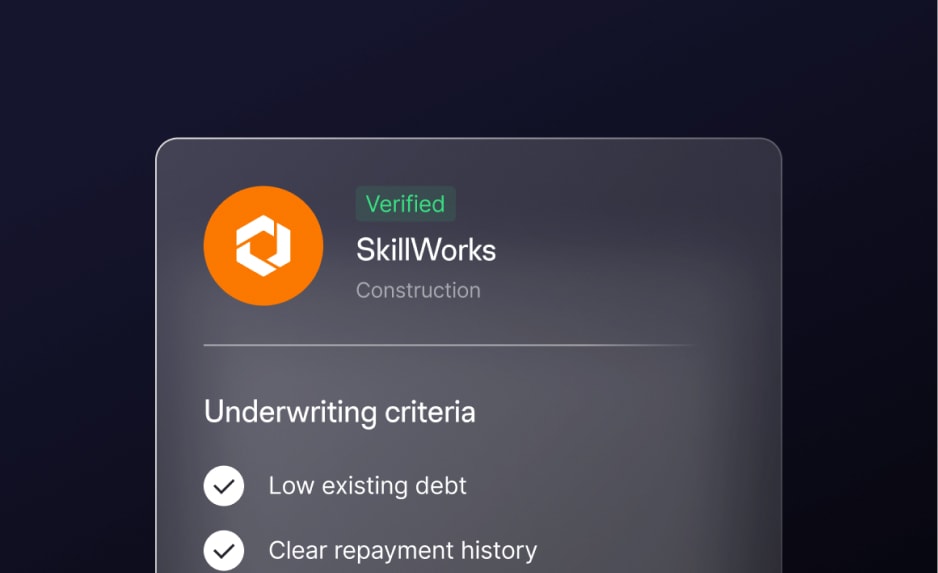The B2B payments landscape is witnessing a paradigm shift. As businesses adapt to the evolving demands of the digital era, the need for streamlined and efficient payment processes is more important than ever. This encompasses everything from invoice creation to billing to payments and all the workflows in between. Knowing which insights to look for, which pieces of the process to double down on, and the B2B payment trends stay ahead of is crucial.
Alongside the launch of Alternative Payments’ first B2B Payments Acceptance Trends in 2024 report, we’ve put together a reflective look at the current state of B2B payments, the trends driving this market shift, and the future of the landscape.
Current Landscape
As mentioned above the B2B payments landscape is experiencing a digital shift, while continuing to grow in size year after year. The US B2B payments market is expected to be valued at $390 Billion by 2031, and 75% of online payments volume will be from B2B payments by 2025. As transactions get bigger and become increasingly more digital, the demand for payment products that can make this process more efficient and keep up with emerging intricacies grows in tandem.
As the landscape continues to take shape, there are a few challenges that businesses struggle to overcome. For one, the landscape is still working to outgrow many of its deeply rooted manual processes. According to JP Morgan Chase, while there are strides in adoption of digital payments for B2B, check payments still make up 33% of all B2B payments.

For the longest time the B2B payment process has been largely manual, which has directly impacted collection and payment times. On average, 30% of a business’ invoices over the last 90 days are overdue. This means that nearly one-third of the revenue generated in the past quarter remains uncollected. This delay leads to cash flow bottlenecks, and ultimately impacts the financial health of a business.
Now that you have the overview of where the landscape is today, let’s better understand the B2B payments trends that are tackling some of the challenges above and are key to stay ahead of.
3 B2B Payments Trends Shaping the Landscape
1) The Proliferation of Online Payments
More and more organizations are embracing online payments. Online payments represent 67% of total B2B payment volume (up from 33% in 2010) and are projected to comprise 75% of total payment volume by 2025 (JP Morgan, 2022). The rapid adoption of online payments can be attributed to a few key factors:
- Implementing Online Payment APIs is Quick & Seamless
- Paying Online is More Streamlined than Ever
- Customers Prefer to Pay Online
What does this mean for businesses? Online payments enable not only the ability to flexibly pay with payments methods beyond the traditional check and ACH, but also can add an element of speed and efficiency to the payment process that has historically been long and onerous. On top of this, clients increasingly prefer to pay with online payment methods, meaning if you aren’t making this available there is money left on the table.
2) Increased investment in the importance of billing and payment automation
On average nearly a third of revenue remains uncollected. The billing process and the ability to leverage automation within payments can provide a path to make the billing process more efficient. It’s unimaginable to think that so many organizations have allowed invoices to go unpaid, due to general oversight and a manual process. The good news is that progress is being made. 42% of payments are now fully automated, saving accounts receivable teams meaningful time, according to Alternative Payments’ proprietary data. Having an element of automation in the billing process is saving businesses both time and money, and resulting in getting paid faster.
3) Businesses taking proactive control of their collection times and the impact on cash flow
Historically, when it came to payment collection, businesses took a passive approach with their clients – assuming payments would come in eventually. This mindset granted customers influence over payment timelines, and impacted a company’s cash flow. The tides have changed however, with companies recognizing the importance of collection times, proactively employing software and strategic measures to expedite collections. The key factors driving this trend are simple:
- Improving Collectability Drives Cash Flow
- Automating Billing and Payments Decrease DSO
For companies who do not yet utilize accounts receivable software and automations, the average invoice is paid 28 days after the due date. For companies leveraging accounts receivable software and automations, this decreases to 23 days. This further justifies the value of an investment in improving collection times and the need to explore leveraging an accounts receivable automation solution.
Looking ahead
The road ahead is ripe with opportunity for B2B payments, but at the center the most pressing obstacle is the ability for companies to modernize their processes, and lean into new technology that will help them to keep up with the evolving market shifts.
Automation, AI & machine learning, and data-rich insights will no longer be viewed as optional innovation, but rather necessary enhancements to enrich every stage of the B2B payments process that ensure companies are optimizing their billing process, maximizing their time, and ultimately boosting cash flow.
Alternative Payments inaugural B2B Payments Acceptance Trends report analyzes the state of the B2B payments landscape, leveraging both market data and exclusive proprietary data from Alternative Payments.
To dive deeper into the latest B2B payment trends and how you can keep your payment strategy ahead, download the report now.




